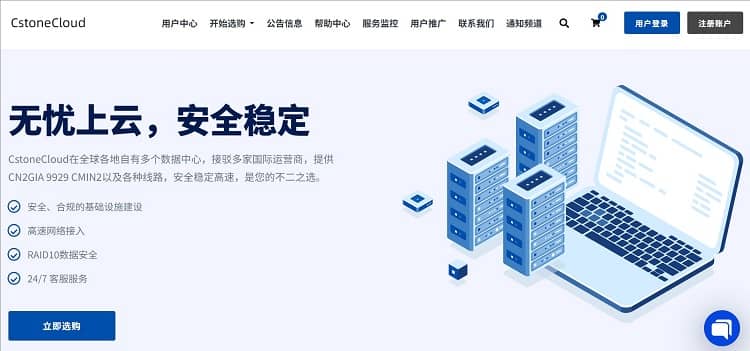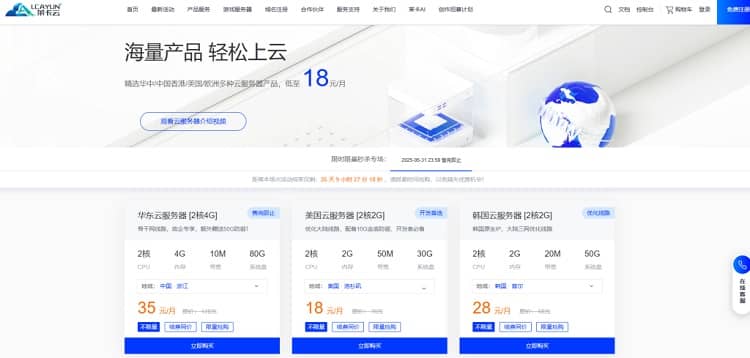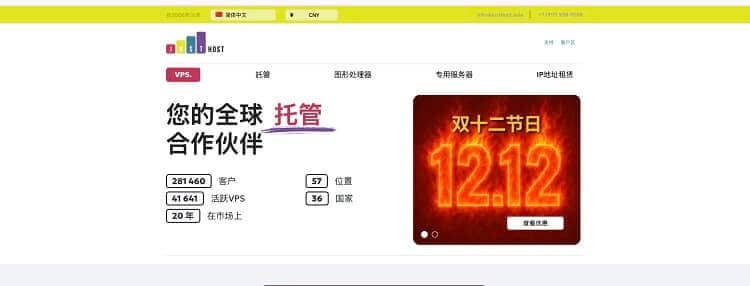在Java中,使用WebClient进行身份验证时,可以通过以下几种方式:
- 基本身份验证(Basic Authentication):
在这种方法中,您需要将用户名和密码组合成一个字符串,然后将其编码为Base64格式。在创建WebClient实例时,将编码后的字符串作为”Authorization”头部的值。以下是一个示例:
import org.springframework.web.reactive.function.client.WebClient;
import reactor.core.publisher.Mono;
import java.nio.charset.StandardCharsets;
import java.util.Base64;
public class WebClientAuthExample {
public static void main(String[] args) {
String username = "your_username";
String password = "your_password";
WebClient webClient = WebClient.builder()
.baseUrl("https://example.com")
.defaultHeader("Authorization", "Basic " + Base64.getEncoder().encodeToString((username + ":" + password).getBytes(StandardCharsets.UTF_8)))
.build();
Mono<String> response = webClient.get()
.uri("/your/endpoint")
.retrieve()
.bodyToMono(String.class);
response.subscribe(System.out::println);
}
}
- Bearer Token身份验证:
在这种方法中,您需要先获取一个访问令牌(Bearer Token),然后在创建WebClient实例时,将访问令牌作为”Authorization”头部的值。以下是一个示例:
import org.springframework.web.reactive.function.client.WebClient;
import reactor.core.publisher.Mono;
public class WebClientAuthExample {
public static void main(String[] args) {
String accessToken = "your_access_token";
WebClient webClient = WebClient.builder()
.baseUrl("https://example.com")
.defaultHeader("Authorization", "Bearer " + accessToken)
.build();
Mono<String> response = webClient.get()
.uri("/your/endpoint")
.retrieve()
.bodyToMono(String.class);
response.subscribe(System.out::println);
}
}
请注意,这些示例使用了Spring WebFlux库中的WebClient。如果您使用的是其他库,例如Java原生的HttpClient,实现方式可能会有所不同。但是,基本的身份验证原理是相同的。

 便宜VPS测评
便宜VPS测评












